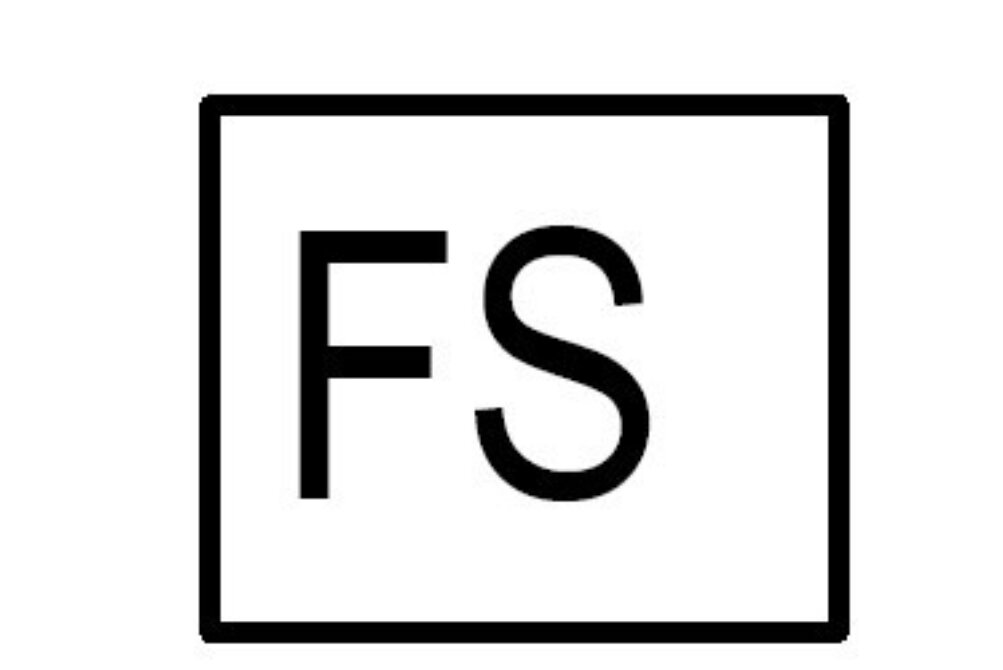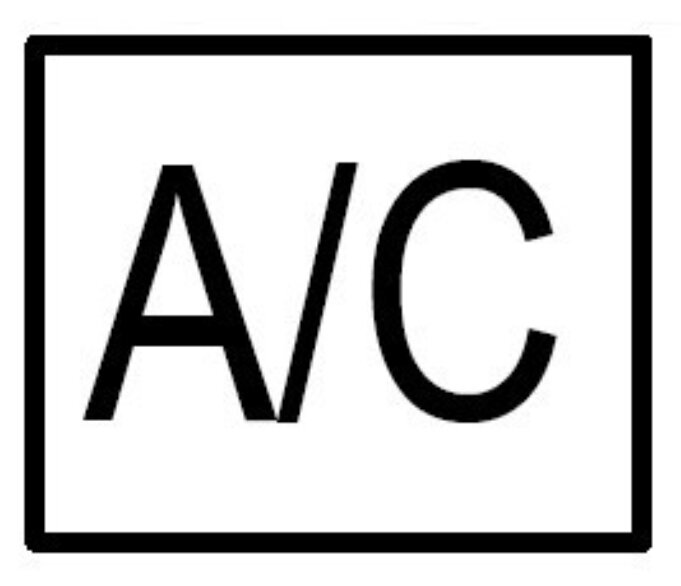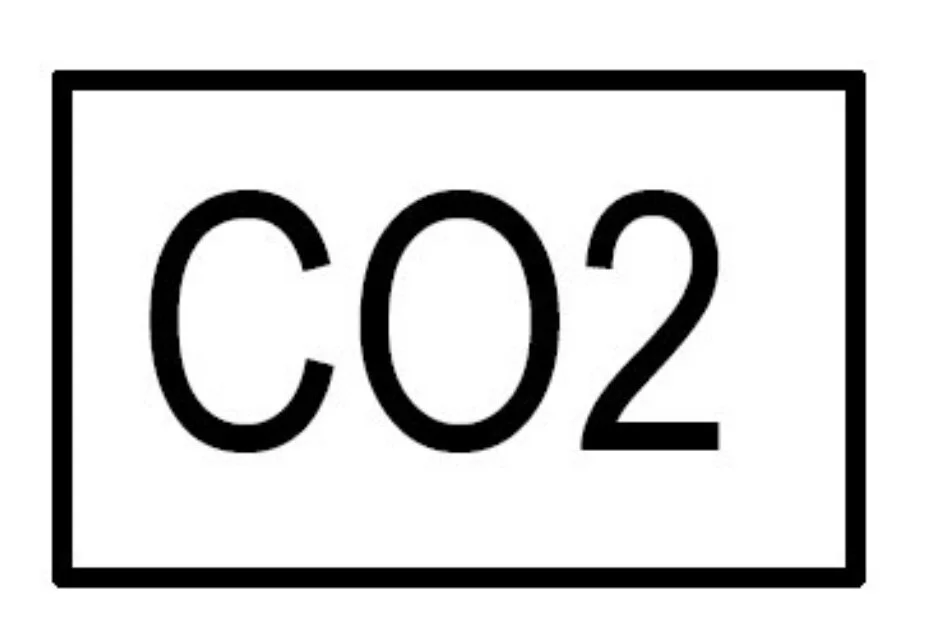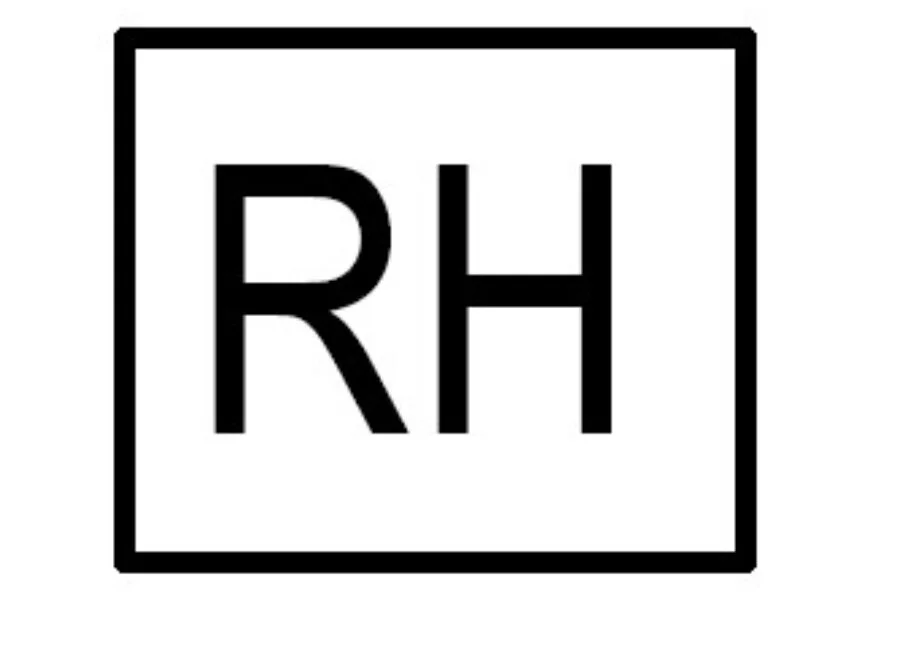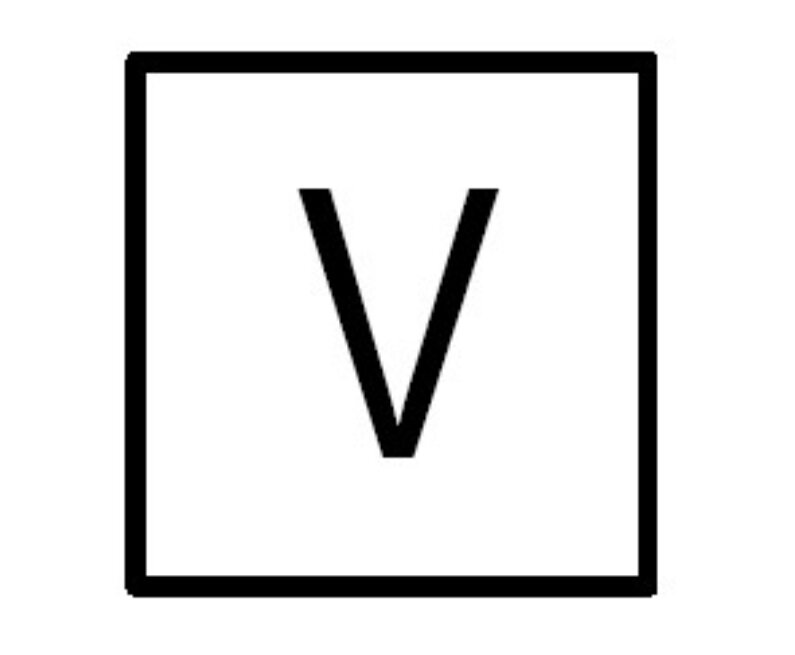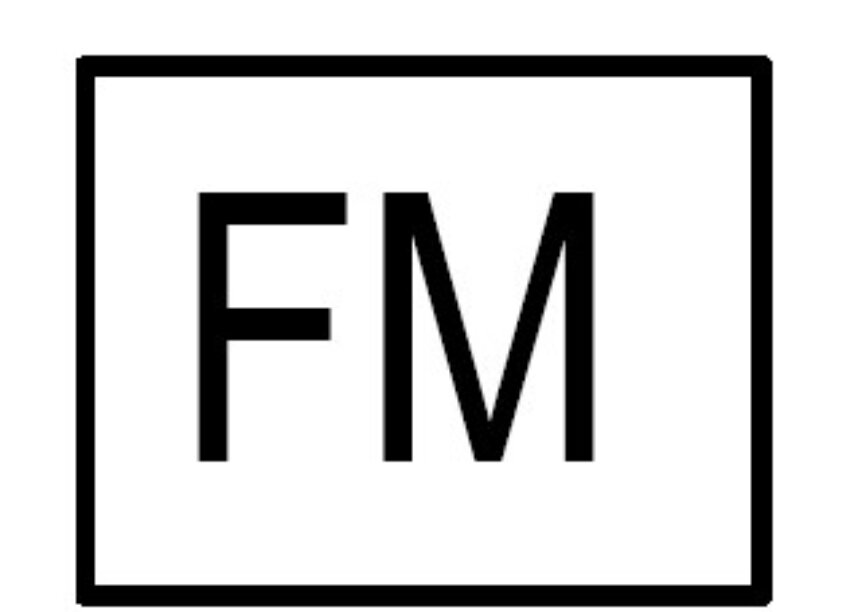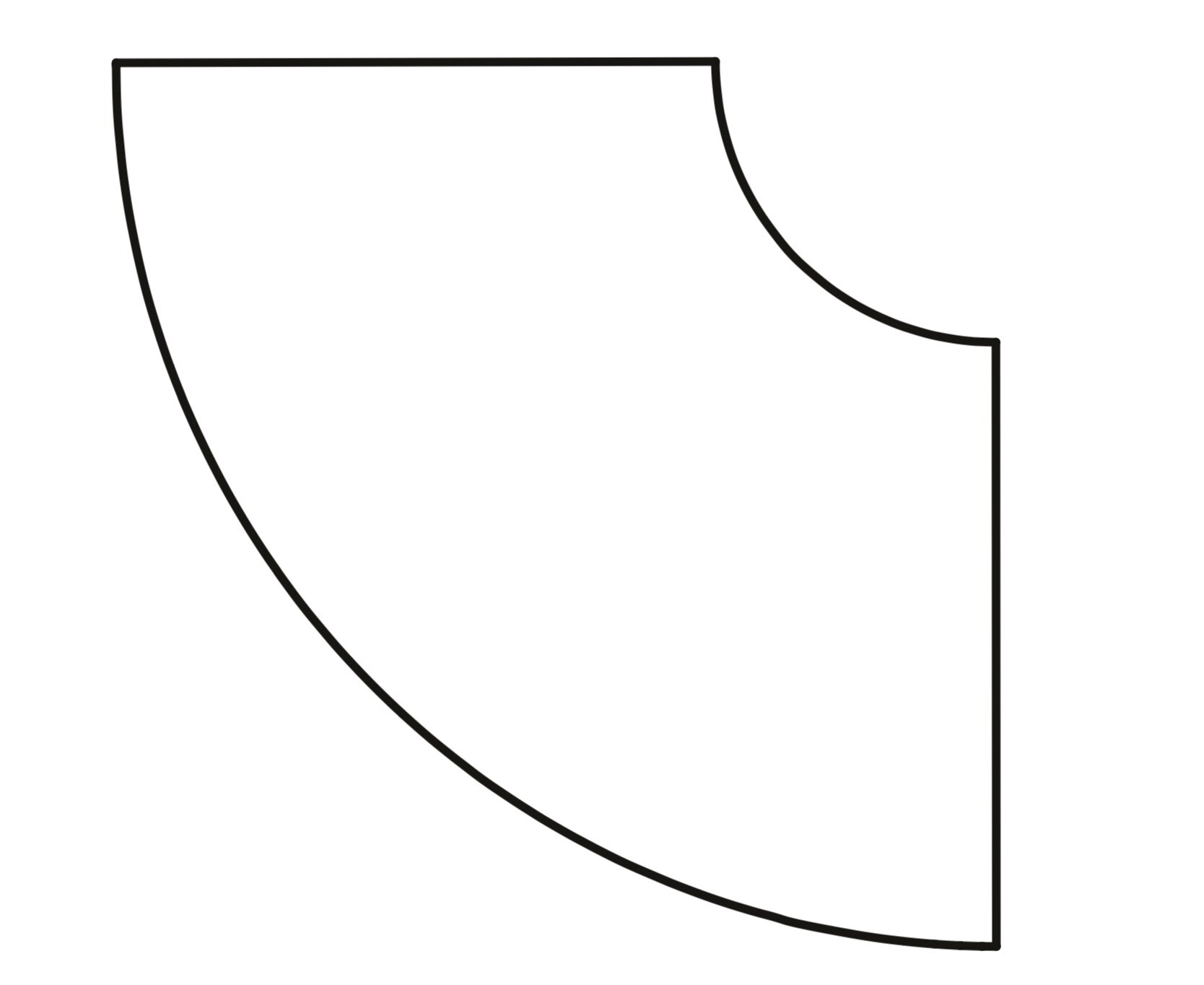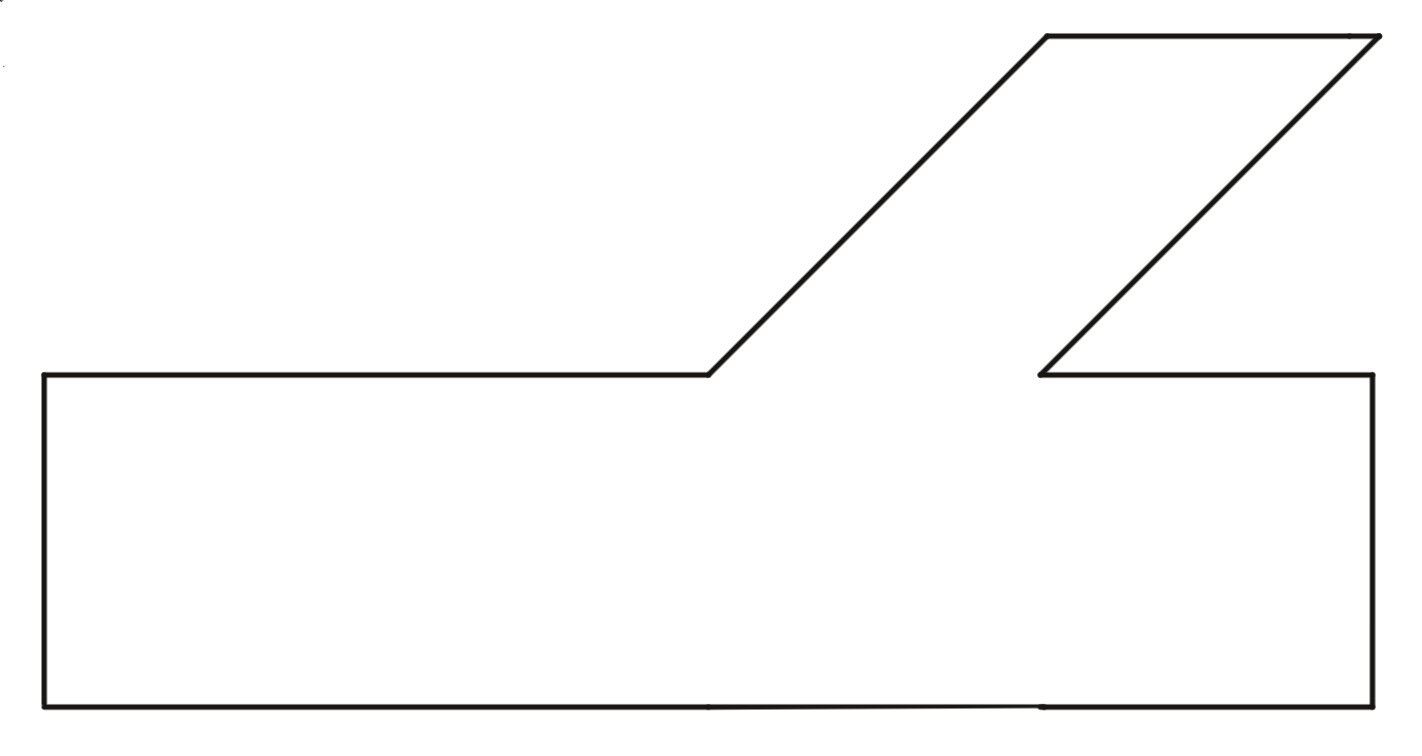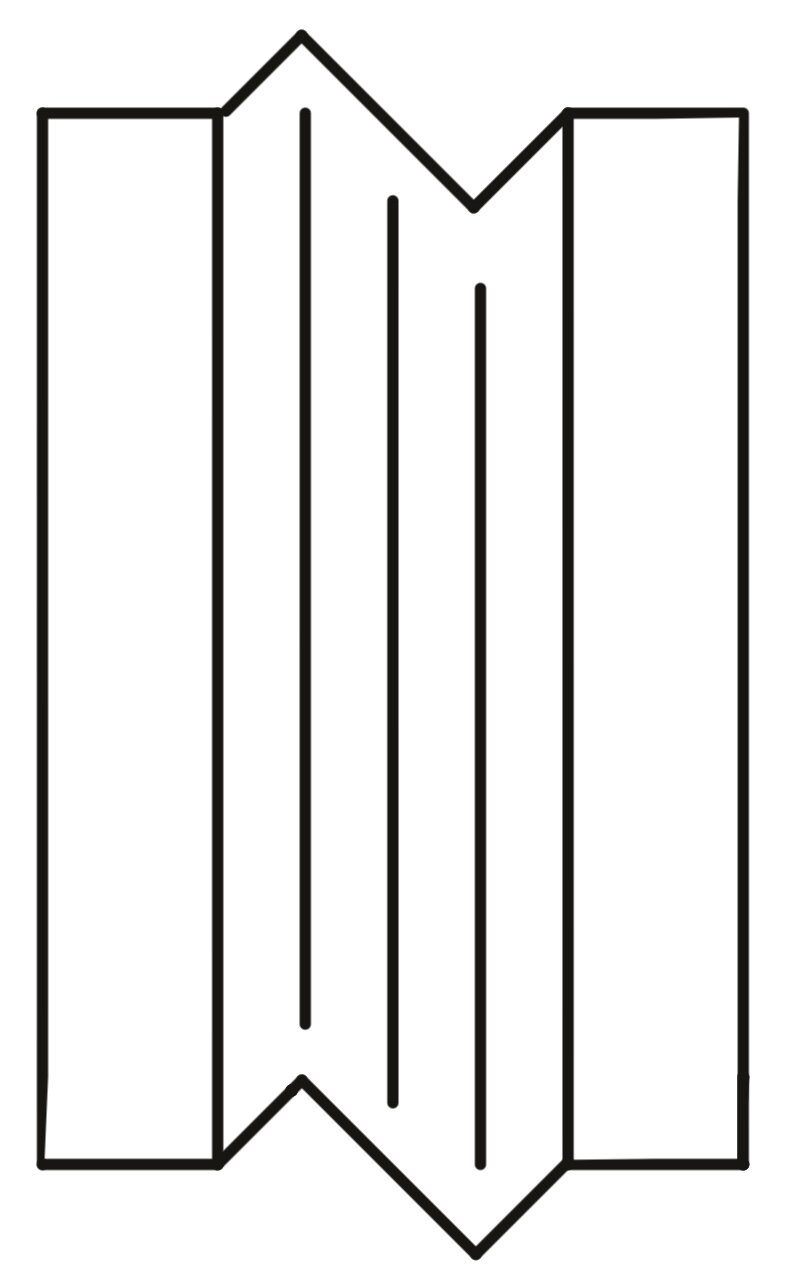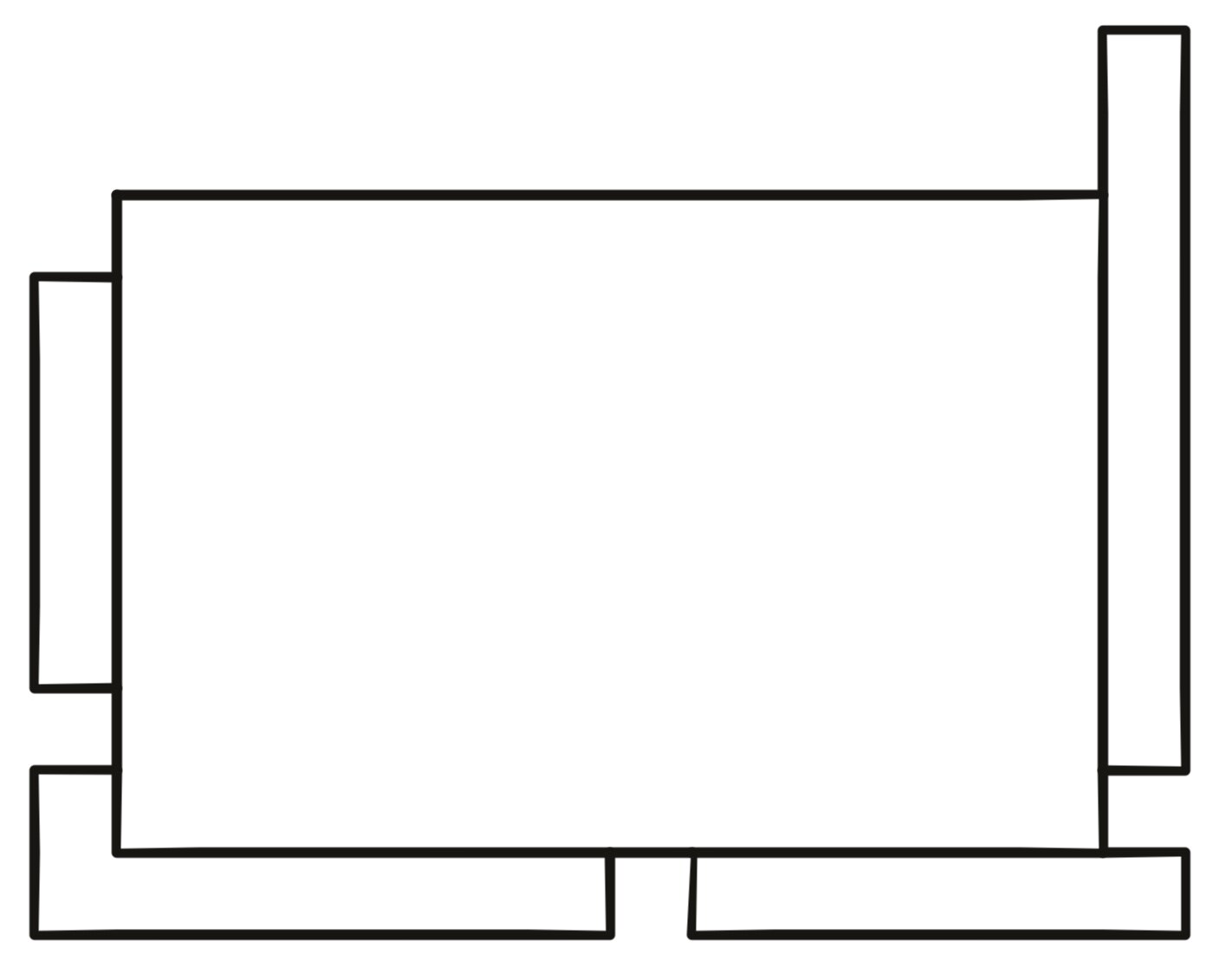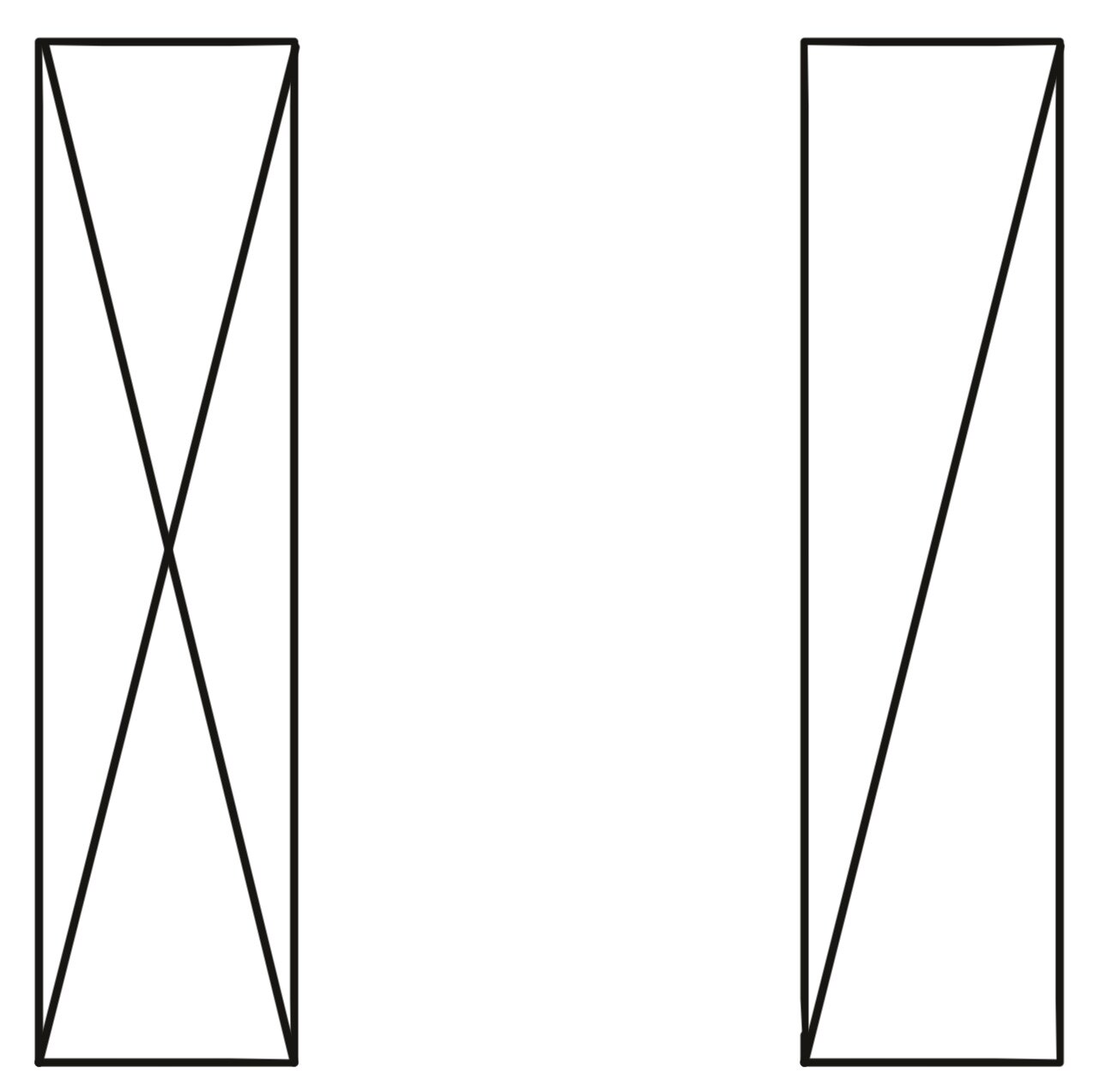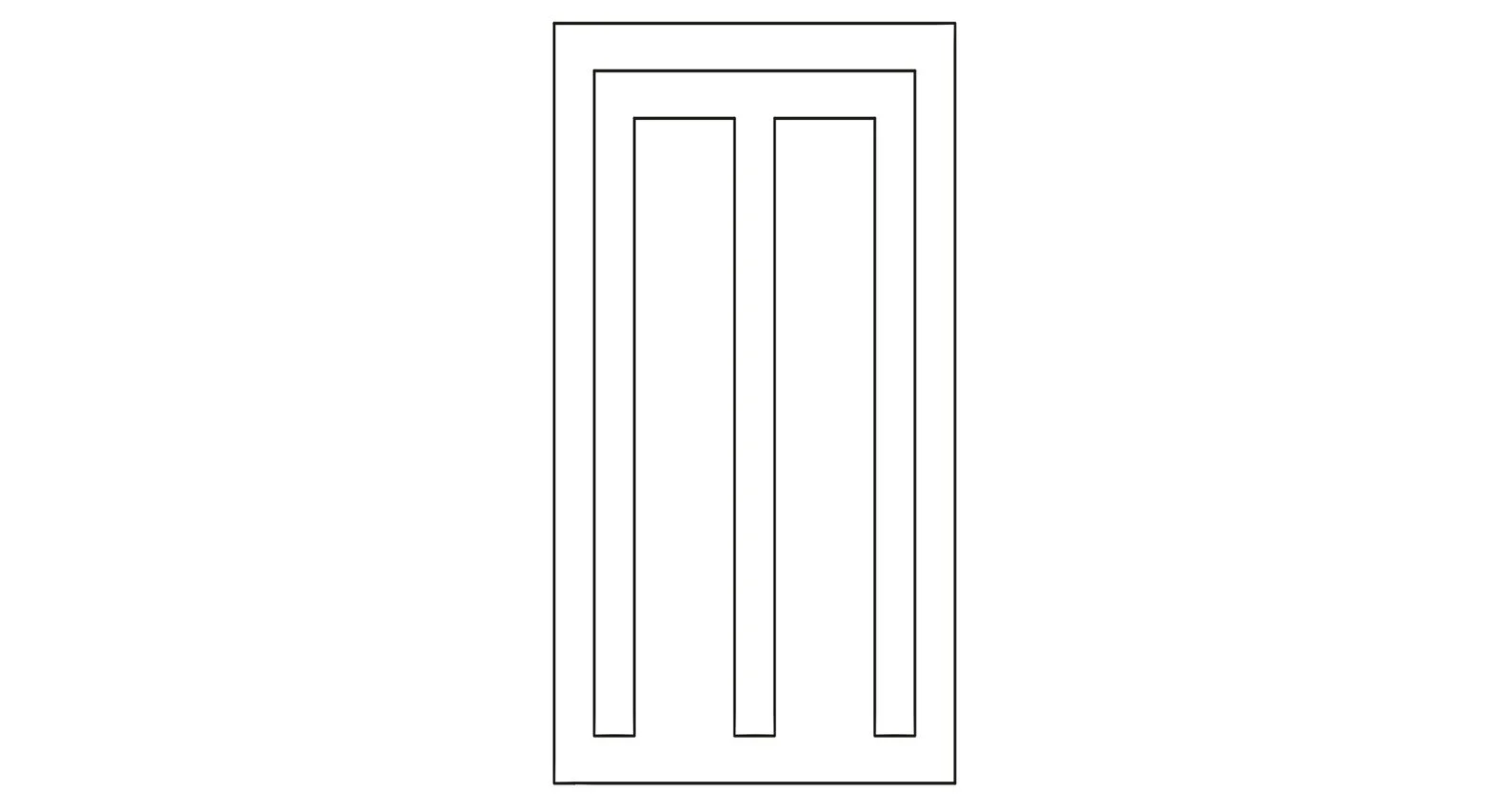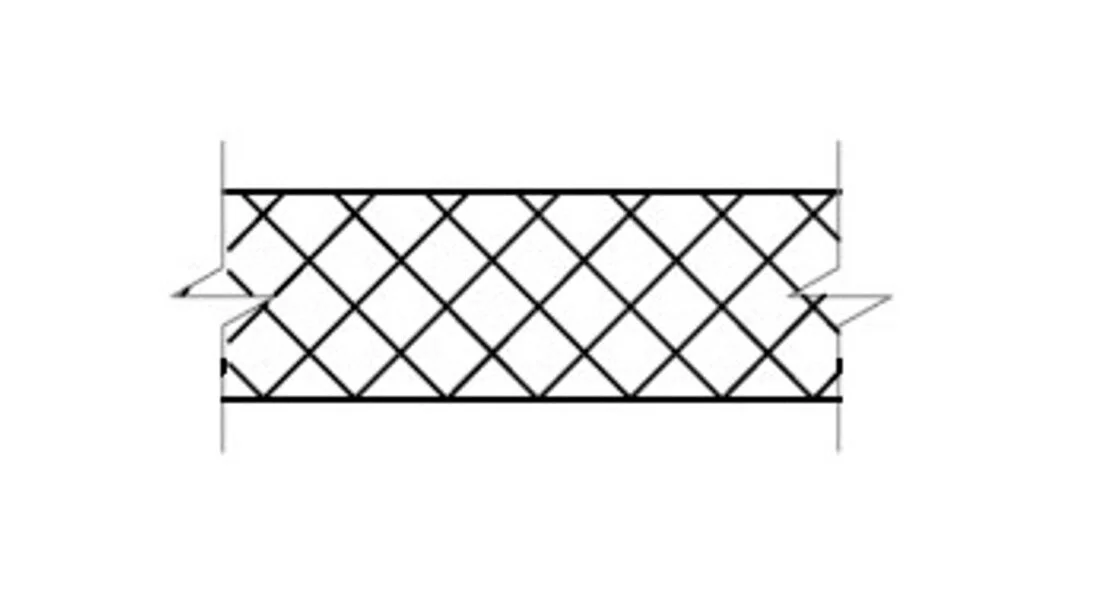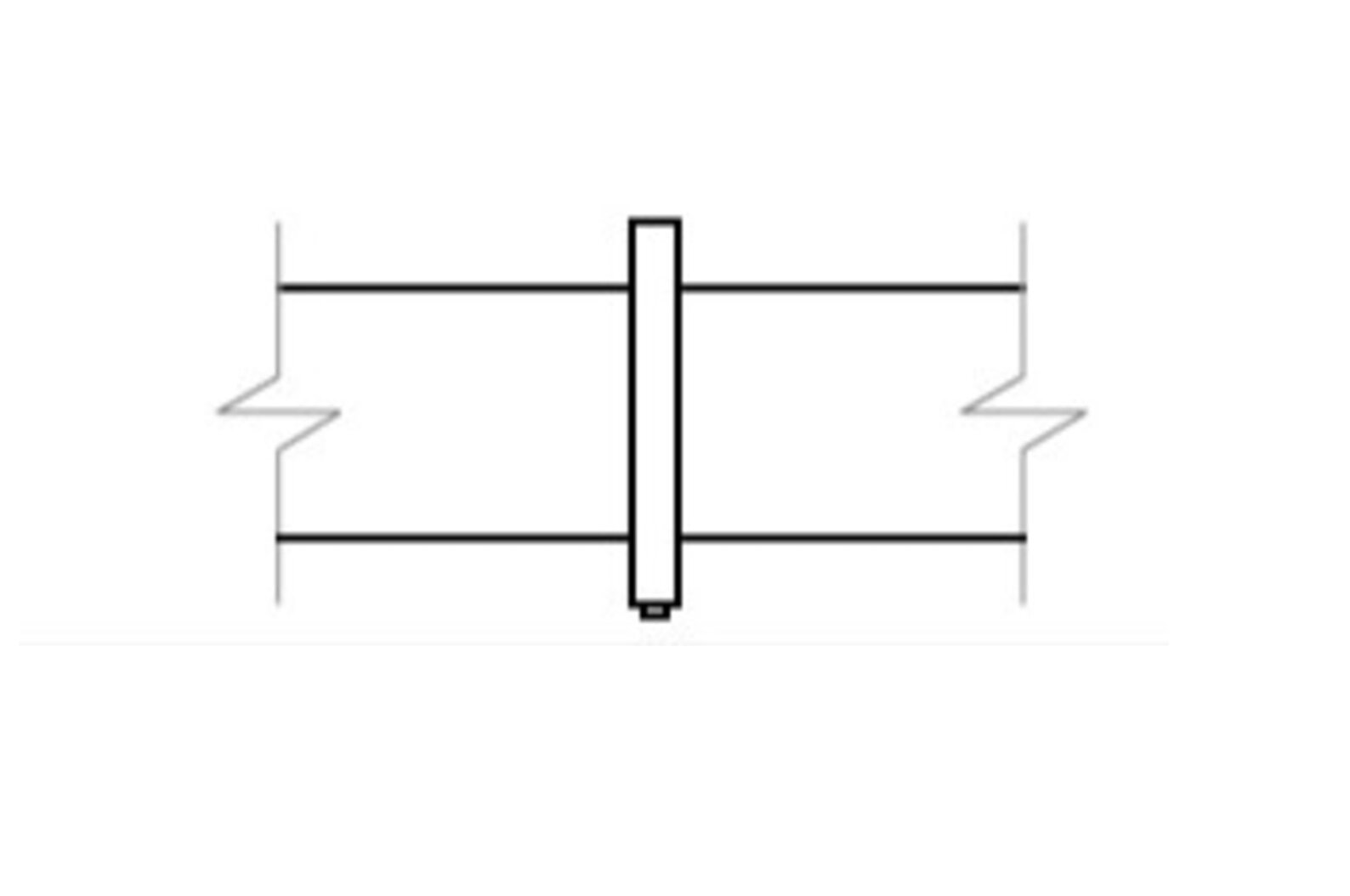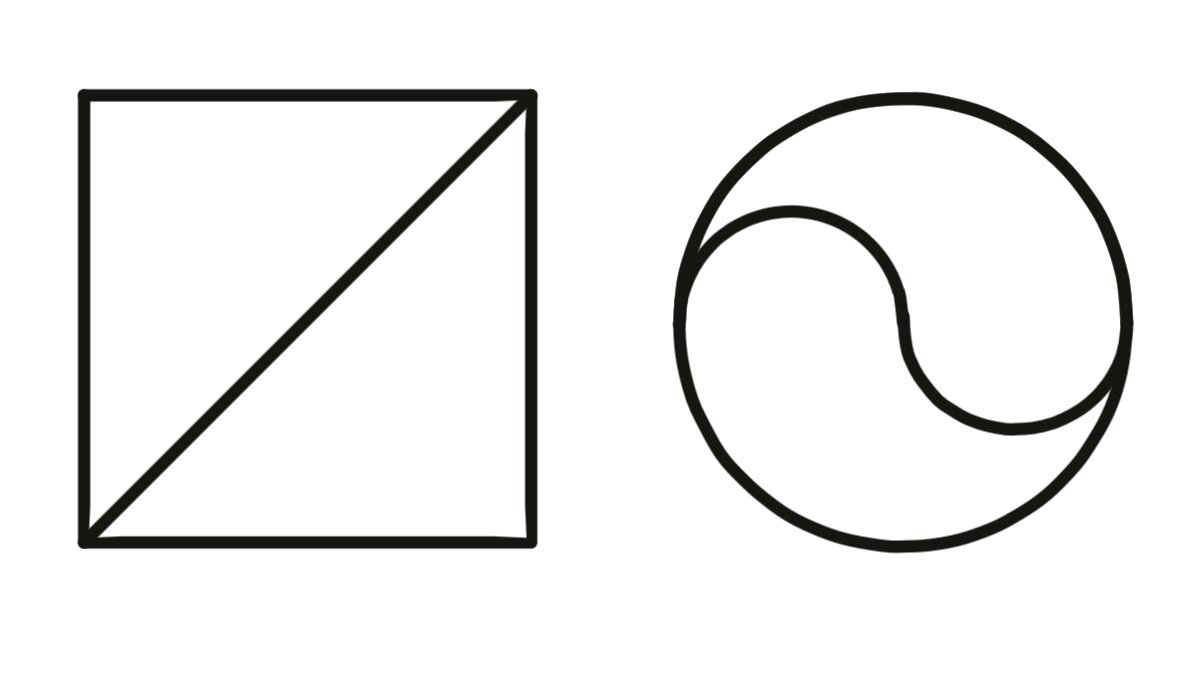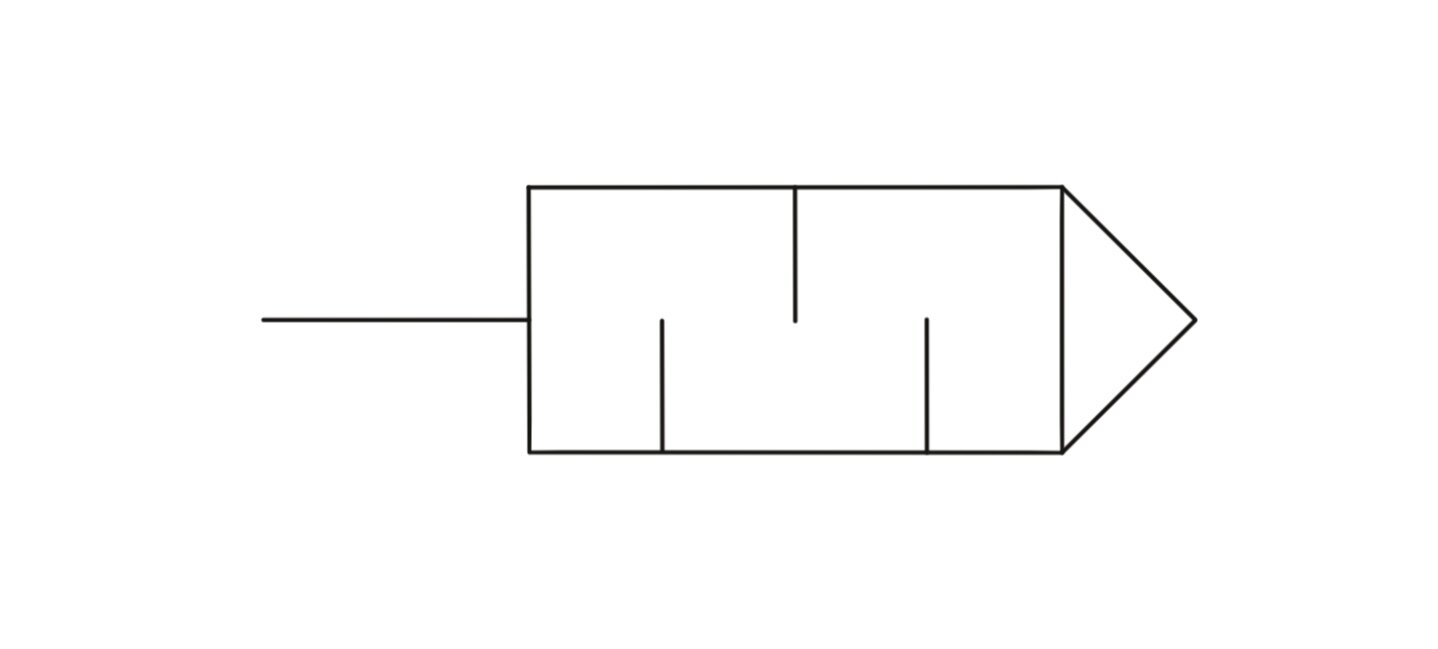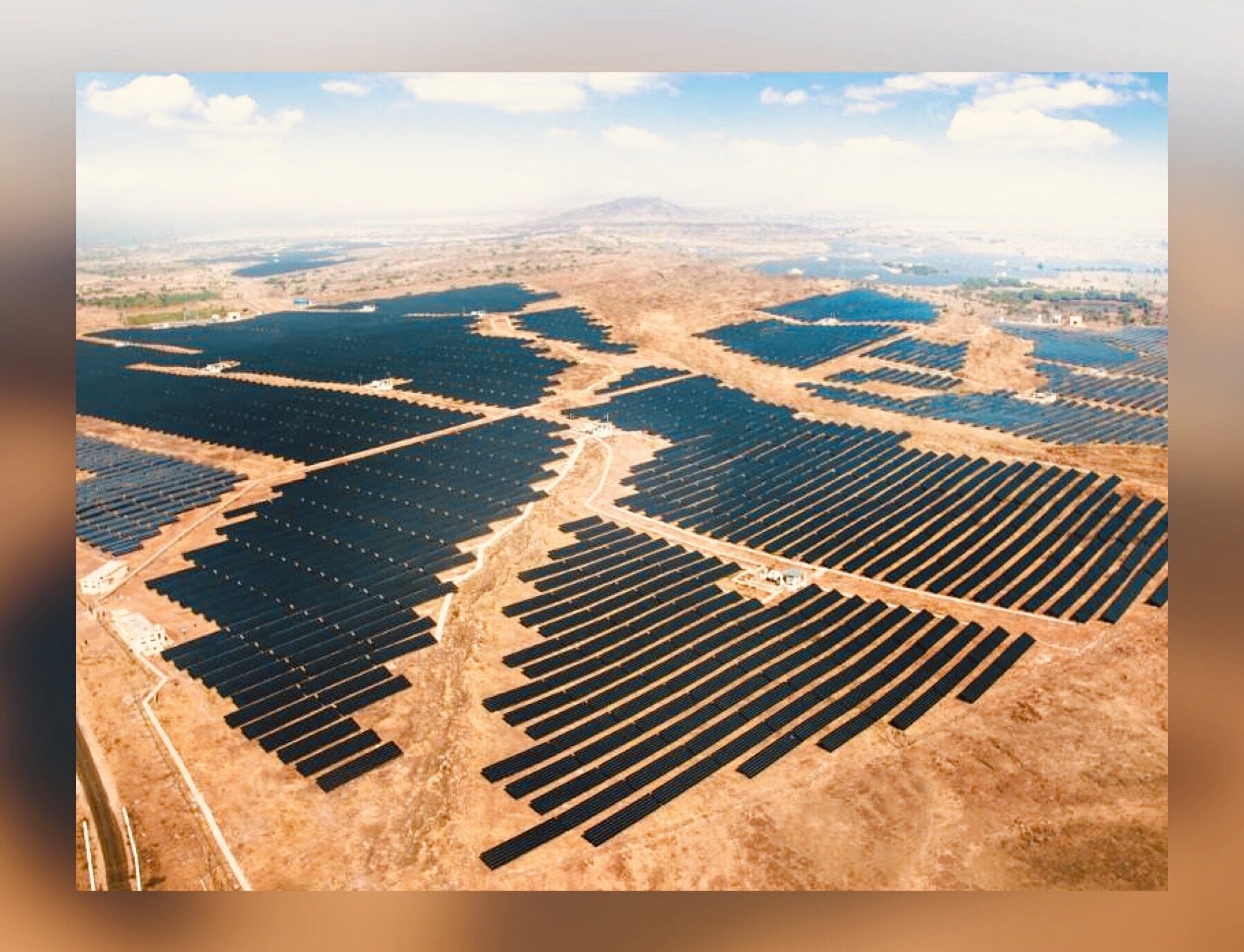Photo by Ashwini Chaudhary on Unsplash
On February 7, 2021, the inhabitants of Raini village of Chamoli district in the north Indian state of Uttarakhand bore witness to one of the most devastating flash floods in the region in recent times. A glacial lake burst with huge amounts of water gushing down into the adjoining valley. The sudden flood was caused by a piece of the Nanda Devi glacier falling into the Dhauliganga river. The floodwaters washed away several homes and two hydroelectric power projects in addition to causing severe damage to two other dams further downstream. Although disaster management forces are at work, it is estimated that almost 200 people are still unaccounted for. As disturbing as the episode was, its timing gives us more cause for worry. February is wintertime in Uttarakhand and therefore an event caused by melting ice during this season is unusual. While the exact cause has not been pinpointed yet, environmentalists are certain that climate change is the main contributing factor to such an event.
What are glacial bursts?
A GLOF or Glacial Lake Outburst Flood is an abrupt discharge of water from a lake fed by the melting of a glacier. Glaciers are in essence just giant ice cubes formed over thousands of years. Sometimes moving glaciers can leave behind deposits of soil and rock matter called moraines. Moraines can act as pseudo dam walls resulting in the formation of glacial lakes. If the size of the lake increases with time due to increase in temperatures or other causes, pressure can also increase on the dam holding it. Disintegration of the source glacier or other processes can spark waves in the lake causing the dam to fail. This failure results in an uncontrolled water expulsion and is referred to as GLOF.
According to a report by ICIMOD (International Centre for Integrated Mountain Development), the Himalayan region is estimated to house over 25000 glacial lakes. There’s a lot yet to be understood about glacial lakes in this region. With climate change turning the area into one of the most volatile in terms of fluctuating weather patterns, it is crucial that the authorities step in to assess the dynamics of these complex systems and take necessary measures to adapt to the negative effects of global warming.
Himalayas-Rooftop of the world
Protecting the Himalayas is in mankind’s best interest. Almost 2 billion people rely on the water that emerges from the great glaciers of the Himalayas. Large communities that live in the mountainous Himalayan region depend directly on these water sources. Even rivers such as Ganga, Yangtze, Mekong and Irrawaddy which supply fresh water to a better part of Asia all originate from the Himalayas. Water shortage will affect nearby communities and agricultural systems which will in turn cause food scarcity. As showcased by the Uttarakhand disaster, instability in the glacial regions can also affect hydroelectric power generation systems. Such terrible circumstances can trigger mass migrations from the region which can then cause a chain of geo-political issues. Letting the region dry up could very well lead to massive shocks in the environmental, social, and economic systems of nearby lands.
The levels of Himalayan glaciers have been receding by alarming rates over the past several decades. Studies show that even if the goals of the Paris agreement are met, a third of the Himalayan glaciers could still melt by the year 2100.
More melting ice
Deterioration of Hindu Kush Himalayan region will bring about horrifying consequences. But the glacial climate change story does not end there. The Thwaites glacier is a gigantic ice sheet situated in western Antarctica. In the past four decades alone, Thwaites has lost over 600 tonnes of glacial ice. Thwaites is on course to cause as much as 3 metres of sea level rise if it is allowed to degenerate at its current pace.
Thwaites is intrinsically unstable. The mammoth glacier is stabilized by its ice shelf-a large platform of ice that has formed at the periphery of the glacier meeting the ocean surface. Due to an increase in oceanic temperature, the ice shelf has been disintegrating into smaller icebergs causing large breakouts of ice. This process eventually causes an avalanche effect that leads to blowouts of even more ice cover. If the floating ice shelf breaks apart completely, the remaining edge of the glacier (which is a big ice slope) will get exposed to warmer waters further accelerating the collapse of the parent glacier.
Photo by Jay Ruzesky on Unsplash
The collapse of Thwaites could cause a runoff of a larger part of the West Antarctic ice sheet raising sea levels by almost 3 metres. Simply put, this could mean existential crises for major coastal cities in the world. It is interesting to note that the data is not a 100% sound yet. As these are projections, our calculations may be off by a few feet. That being said, no matter how one looks at it, there is no question of whether or not glacial melting will be disastrous. It is just a question of how catastrophic it will actually turn out to be.
Endnote
As global average temperature increases and sea level rises, disasters like the Uttarakhand glacial floods will be more commonplace. Along with the increased number of wildfires and rain storms we’re witnessing; glacial blasts are just another piece of the puzzle that’s taking shape before our eyes. It’s up to us to decide when we are seriously going to take charge to solve it.
Photo by Matt Palmer on Unsplash







